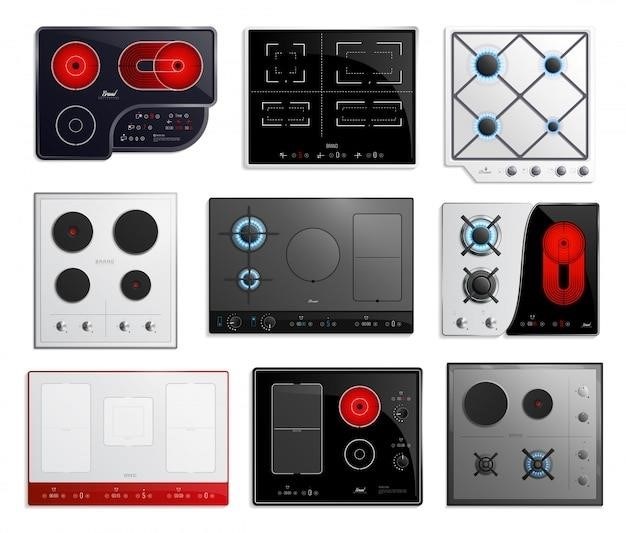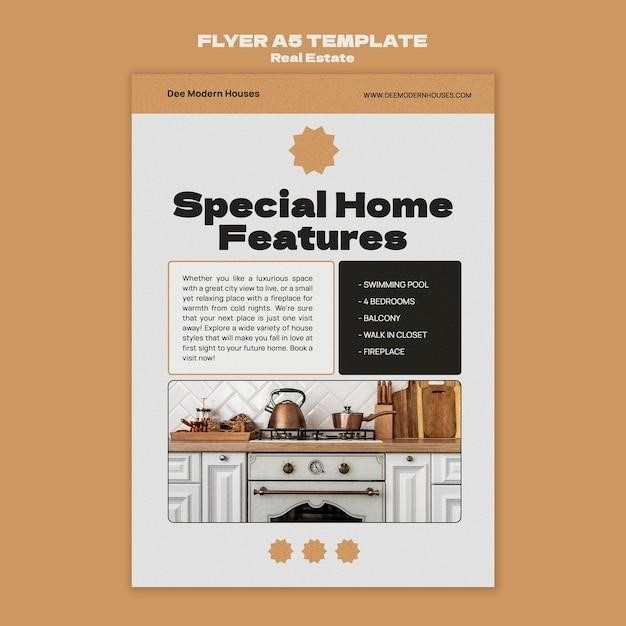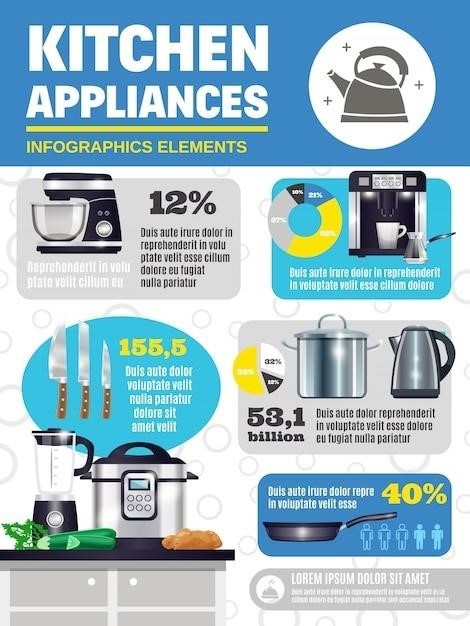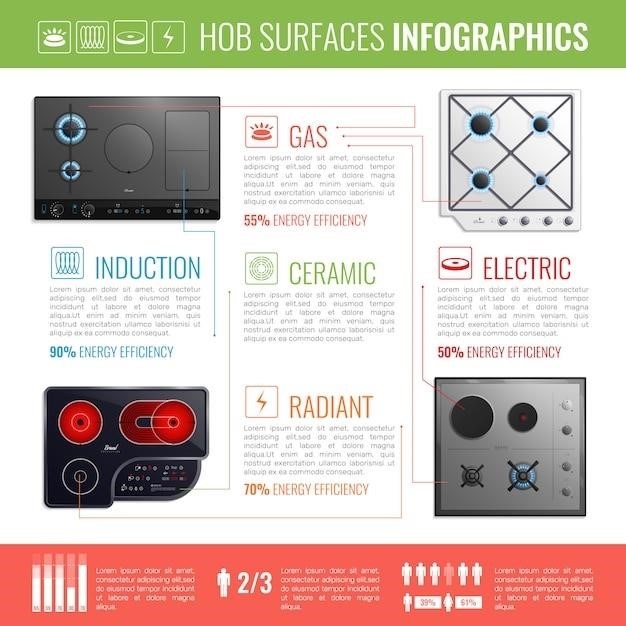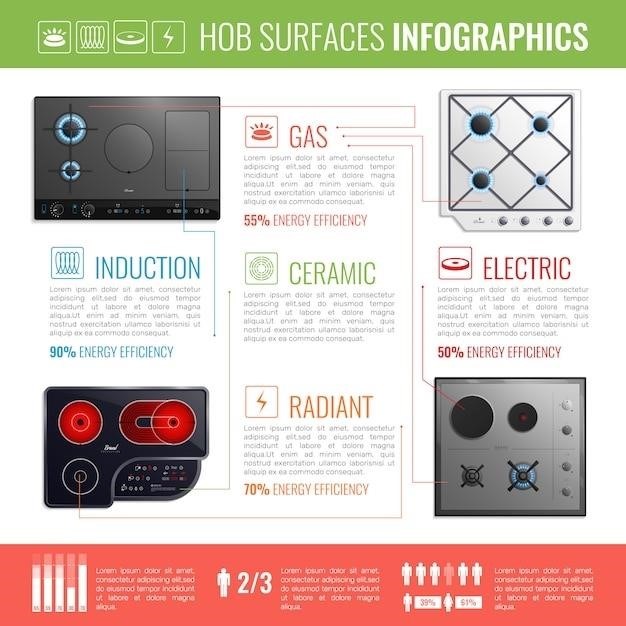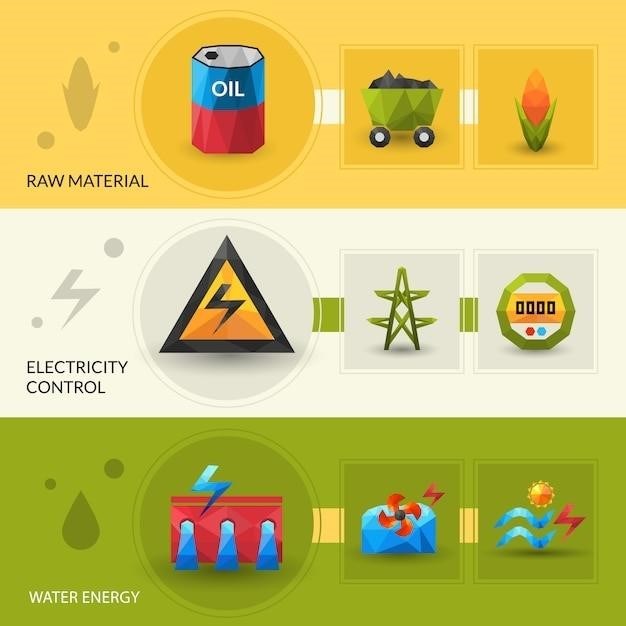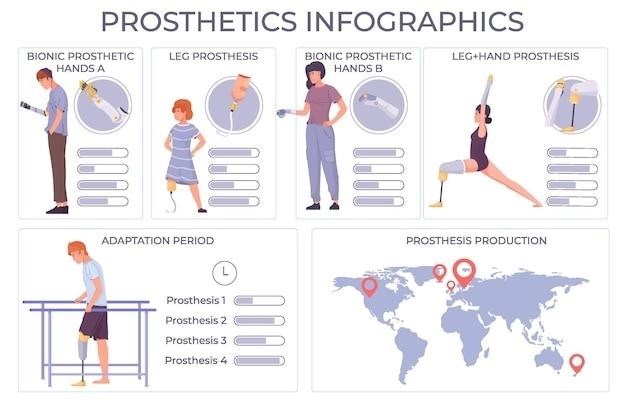Sundance Spa Control Panel Instructions⁚ A Comprehensive Guide
This comprehensive guide provides detailed instructions on understanding and navigating your Sundance Spa control panel. From basic functions to advanced features, we’ll cover everything you need to know to operate your spa efficiently and safely.
Introduction
Welcome to the world of Sundance Spas, renowned for their luxurious hot tubs and innovative features. At the heart of your Sundance spa experience lies the control panel, a sophisticated interface that empowers you to customize your relaxation and enjoyment; This comprehensive guide serves as your ultimate companion for mastering your Sundance spa control panel, unlocking its full potential and ensuring a seamless and rewarding experience.
Whether you’re a seasoned spa owner or a first-time user, this guide will equip you with the knowledge and confidence to navigate the control panel’s intricacies and tailor your spa experience to your preferences. From basic functions like setting the temperature to advanced features like programming filtration cycles and customizing jet settings, this guide will walk you through every step of the way.
Our aim is to demystify the Sundance spa control panel, making it accessible and user-friendly for everyone. By the end of this guide, you’ll be equipped with the skills and insights to fully utilize your spa’s control panel and create a truly personalized oasis of relaxation and rejuvenation.
Understanding Your Sundance Spa Control Panel
Your Sundance spa control panel is the central hub for managing your spa’s various functions and settings. It’s designed to be intuitive and user-friendly, but understanding its layout and key elements will enhance your control and enjoyment. The control panel typically features a display screen, a series of buttons or touch-sensitive areas, and potentially a rotary knob or slider. The display screen provides information such as the current water temperature, selected settings, and error messages if any. The buttons or touch-sensitive areas allow you to navigate menus, select options, and adjust settings.
Some Sundance spa control panels incorporate advanced features like Bluetooth connectivity, allowing you to control your spa remotely from your smartphone or tablet. This convenient feature allows you to adjust settings, turn the spa on or off, and monitor its status from anywhere within range. Regardless of your spa’s model or control panel configuration, understanding the key components and their functions will empower you to personalize your spa experience and enjoy its full range of benefits.
Take the time to familiarize yourself with the layout and functions of your specific control panel. Refer to your Sundance spa owner’s manual for detailed instructions and diagrams, or visit the Sundance Spa website for online resources and support. With a solid understanding of your control panel, you’ll be well on your way to maximizing your spa’s potential for relaxation and enjoyment.
Common Sundance Spa Control Panel Models
Sundance Spas has a history of innovating in the hot tub industry, and this includes the design of their control panels. Over the years, they’ve introduced various models to enhance usability and functionality. While specific models might vary, some common types include⁚
- Classic Control Panels⁚ These panels often feature a combination of buttons and a small LCD screen, offering straightforward navigation and control over basic functions. They are typically found on older Sundance spa models.
- Touch-Sensitive Panels⁚ Modern Sundance spas often feature touch-sensitive control panels with larger, more intuitive displays. These panels provide a sleek and modern look while offering easy access to advanced settings and features.
- Bluetooth-Enabled Panels⁚ Sundance has incorporated Bluetooth connectivity into some of its newer control panels, allowing for remote control via smartphone or tablet. This feature adds convenience, enabling you to manage your spa’s settings from anywhere within range.
- SmartTub Panels⁚ Sundance’s SmartTub technology offers a more advanced control experience. These panels often feature a larger touchscreen display and integrate with the SmartTub app for remote control and monitoring.

When dealing with your Sundance spa control panel, identifying the specific model you have is crucial for obtaining accurate instructions and troubleshooting information. Check your owner’s manual, the serial number sticker on the spa, or contact Sundance Spa customer support for assistance in identifying your specific model.
Navigating the Control Panel Menu
The Sundance Spa control panel menu is designed to be user-friendly, but understanding its layout and functions is essential for getting the most out of your spa. The menu structure may vary slightly depending on the model, but generally, you’ll find the following sections⁚
- Main Menu⁚ This is the primary screen, often displaying the current temperature, filter cycle status, and other basic information. From here, you can access other menu sections.
- Temperature Control⁚ This section allows you to adjust the desired water temperature. You can set a specific temperature or use the “heat” function to raise the temperature gradually.
- Jet Control⁚ This section enables you to control the various jet pumps and massage features within your spa. Some models allow individual jet control, while others have preset massage settings.
- Lighting Control⁚ If your spa has lighting features, this section allows you to adjust the brightness, color, and settings of your spa lights.
- Filter Cycle Control⁚ This section allows you to manage the filtration system. You can adjust the duration and timing of filter cycles to ensure clean and healthy water.
- Settings Menu⁚ This section provides access to advanced settings and programming options, including spa lockout, filter cycle settings, and other customization features.
Familiarize yourself with the menu structure by exploring it thoroughly. Refer to your owner’s manual for detailed explanations of specific features and settings. If you encounter any difficulties, consult the manual or contact Sundance Spa customer support.
Basic Functions and Settings
The Sundance Spa control panel provides easy access to essential functions and settings that allow you to enjoy your spa comfortably and efficiently. Here are some key features to get you started⁚
- Temperature Control⁚ Set your desired water temperature using the control panel’s temperature adjustment feature. Most Sundance Spas have a range of temperature settings, typically between 90°F and 104°F. Remember to check your local regulations for recommended spa temperatures.
- Jet Control⁚ Use the control panel to activate and adjust the various jet pumps and massage features. You can customize the intensity and direction of the jets to create your preferred hydrotherapy experience. Some models have preset massage settings, while others allow individual jet control.
- Lighting Control⁚ If your spa has lighting features, the control panel enables you to control the brightness, color, and settings of your spa lights. You can create the perfect ambiance for relaxation and entertainment.
- Filter Cycle Control⁚ The control panel manages the filtration system, allowing you to adjust the duration and timing of filter cycles to ensure clean and healthy spa water. Regular filtration is crucial for maintaining water quality and preventing the growth of bacteria and algae.
- Spa Lockout⁚ This safety feature allows you to prevent unauthorized access to the spa’s functions. This is particularly helpful for families with young children or when the spa is not in use. You can typically enable or disable the lockout from the control panel’s settings menu.
These basic functions provide a foundation for enjoying your Sundance Spa. As you become more familiar with your spa, explore the advanced features and settings to customize your experience further.
Advanced Features and Programming
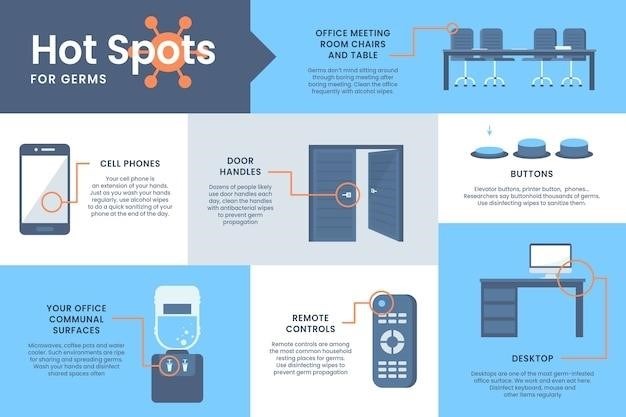
Beyond basic functions, Sundance Spa control panels offer a range of advanced features and programming options designed to enhance your spa experience and provide greater customization. These features allow you to fine-tune your spa’s performance, create personalized settings, and enjoy greater control over your relaxation haven.
- Programmable Filtration Cycles⁚ Sundance Spas often feature programmable filtration cycles, allowing you to adjust the timing and duration of the filtration system to suit your usage patterns. You can set specific times for filtration to occur, ensuring optimal water quality without excessive energy consumption.
- Customizable Jet Settings⁚ Advanced control panels allow you to create personalized jet configurations by adjusting the power, direction, and timing of each individual jet. This lets you tailor your hydrotherapy experience to your specific needs and preferences, whether you seek a powerful massage or a gentle, soothing flow.
- Multi-Color Lighting⁚ Some Sundance Spas offer multi-color lighting systems, allowing you to program different light sequences and colors to set the mood for your spa sessions. You can create vibrant, relaxing, or even celebratory atmospheres to enhance your enjoyment.
- SmartTub Integration⁚ Many Sundance Spas are compatible with the SmartTub app, which allows you to control your spa remotely from your smartphone or tablet. This feature offers convenience and control, letting you adjust temperature, activate jets, and check spa status from anywhere with an internet connection.
- Energy-Saving Modes⁚ Advanced control panels may include energy-saving modes that automatically adjust the spa’s settings to minimize energy consumption. These modes can help lower your utility bills without compromising your spa’s performance.
These advanced features provide a level of customization and control that allows you to fully personalize your Sundance Spa experience. Refer to your owner’s manual for detailed instructions on programming and utilizing these features.
Troubleshooting and Maintenance
While Sundance Spa control panels are generally reliable, occasional issues can arise. Understanding common troubleshooting steps and basic maintenance practices can help you resolve minor problems and keep your control panel functioning smoothly.
- Power Reset⁚ If your control panel is unresponsive or displays an error message, a simple power reset might resolve the issue. Turn off the breaker to your spa, wait a few minutes, and then turn it back on. This often clears temporary glitches in the system.
- Check Connections⁚ Loose or corroded connections can disrupt the control panel’s operation. Inspect the wiring and connections to ensure they are secure and free of corrosion. If necessary, tighten loose connections or replace corroded wires.
- Control Panel Cleaning⁚ Regular cleaning of the control panel can prevent dirt and debris from interfering with its functionality. Use a soft, damp cloth to gently wipe the surface and buttons, avoiding harsh chemicals or abrasive cleaners.
- Software Updates⁚ Sundance Spas may release software updates to improve performance and address known issues. Check with your dealer or consult the Sundance website for available updates and instructions on applying them.
- Professional Assistance⁚ For complex problems or persistent issues, it’s best to seek professional assistance from a qualified Sundance Spa technician. They have the expertise to diagnose and resolve more complicated control panel problems.
By following these troubleshooting and maintenance tips, you can help ensure that your Sundance Spa control panel continues to operate reliably and provide a seamless experience for years to come.
Finding Your Sundance Spa Owners Manual
Your Sundance Spa owners manual is an invaluable resource, containing detailed information about your spa’s features, operation, and maintenance. If you’re missing your manual or need to access it electronically, several resources are available to help you locate it.
- Sundance Spas Website⁚ The official Sundance Spas website often offers downloadable versions of owners manuals for various spa models. Visit the website and navigate to the “Support” or “Resources” section, where you can typically find a library of documents, including manuals.
- The Spa Works Website⁚ The Spa Works, a reputable source for Sundance Spa parts and information, provides a comprehensive online library of owners manuals for various Sundance models. You can access these manuals by visiting their website and searching for your specific model.
- Your Sundance Spa Dealer⁚ Your local Sundance Spa dealer is another excellent resource for obtaining a copy of your owners manual. They may have physical copies available or can direct you to the appropriate online resources.
- SmartTub App⁚ Some newer Sundance Spas are equipped with the SmartTub app, which offers a digital version of the owners manual and other useful information. If your spa is compatible, you can download the app on your smartphone or tablet and access the manual directly from the app.
By utilizing these resources, you can easily locate and access your Sundance Spa owners manual, ensuring you have all the necessary information for safe and efficient operation and maintenance of your spa.
Contacting Sundance Spa Support
While the information provided in this guide and your Sundance Spa owners manual can help address many common issues, there may be times when you need to contact Sundance Spa support for assistance. Sundance offers a range of support channels to ensure you get the help you need⁚
- Phone Support⁚ Sundance Spas has a dedicated customer support line for addressing inquiries and troubleshooting issues. The phone number is typically listed on their website, in your owners manual, or on the warranty documentation.
- Email Support⁚ Many companies, including Sundance Spas, offer email support as a convenient alternative to phone calls. You can find the appropriate email address for support inquiries on their website or in your owners manual.
- Online Forums and Communities⁚ Online forums and communities dedicated to Sundance Spas can be a valuable resource for finding answers to your questions or connecting with other spa owners who may have encountered similar issues. You can search online for “Sundance Spa forums” or “Sundance Spa communities” to find relevant platforms.
- Social Media⁚ Sundance Spas often has an active presence on social media platforms like Facebook, Twitter, and Instagram. You can use these channels to contact their customer support team or engage with other spa owners for troubleshooting advice.
- Authorized Dealers⁚ Your local Sundance Spa dealer can provide support and assistance with various issues, including troubleshooting control panel problems or scheduling service appointments.
By utilizing these resources, you can effectively contact Sundance Spa support and obtain the assistance you need to resolve any issues with your control panel or other aspects of your spa.

